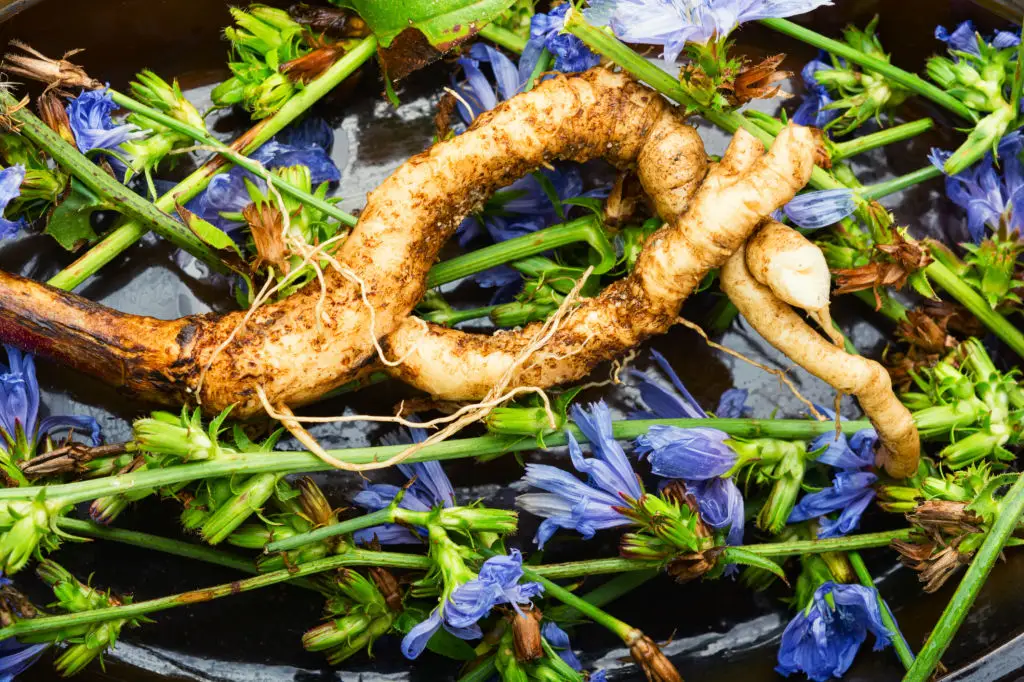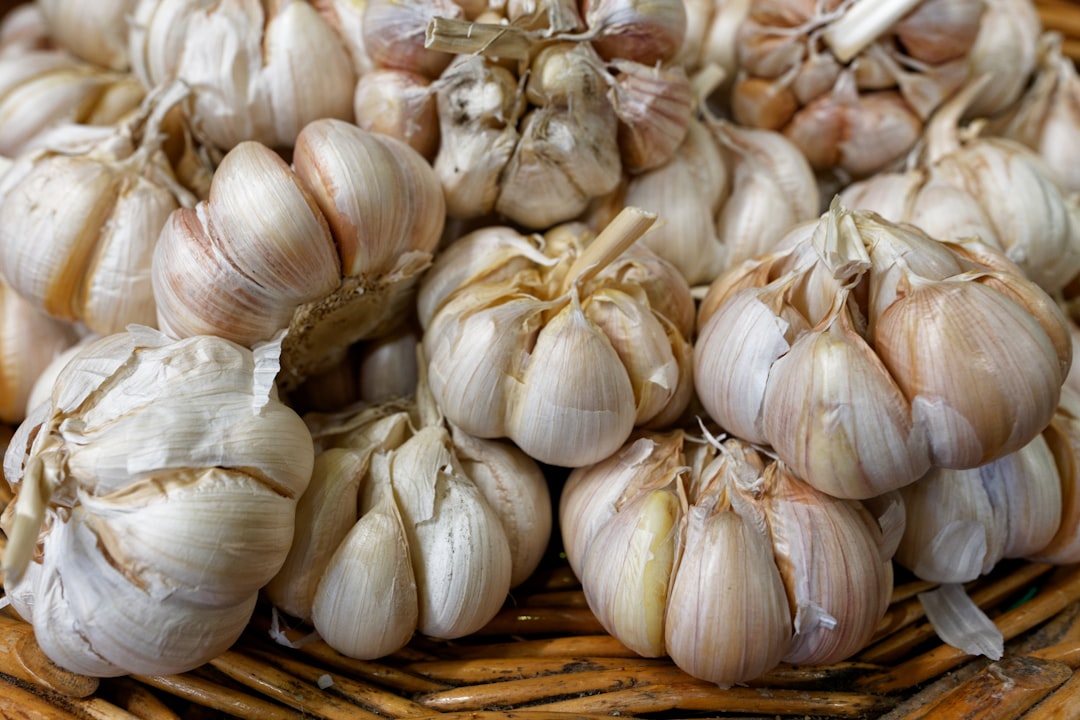11 Gut-Microbiome Superstars That Are Better Than Probiotics (and Where to Find Them)
Many people reach first for probiotic pills when they want a healthier gut. Food-based approaches often do more because they shape the gut environment in multiple ways. Whole foods supply prebiotic fibers, diverse microbes, digestive enzymes, polyphenols and anti-inflammatory nutrients that work together to nourish friendly bacteria long-term. Think of probiotics as a brief visit, while food creates a home for helpful microbes that can stay, grow and make beneficial compounds. This list lays out 11 evidence-backed, food-forward options you can add to daily life, with clear reasons they help, simple serving ideas, where to buy them, and safety notes to consider. Each item is chosen because it offers a different mechanism—some feed microbes directly, some improve digestion, and others lower inflammation so beneficial species can thrive. The tips below come from registered dietitians and clinicians who've studied the microbiome, and they focus on practical, gentle steps that fit into busy lives. Try one change at a time and treat these foods as ongoing habits rather than quick fixes. If you take medications or have digestive conditions, talk with your clinician before making big changes. Read on for 11 gut-microbiome superstars and easy ways to start using them.
1. Chicory Root — Inulin-Rich Prebiotic Powerhouse

Chicory root is one of the richest natural sources of inulin, a soluble fiber that acts as a prebiotic and feeds beneficial gut bacteria. Inulin resists digestion in the small intestine and arrives in the colon where microbes convert it into short-chain fatty acids like butyrate, which support the gut lining and reduce inflammation. Vogue’s coverage highlights chicory as a concentrated prebiotic source, with about 4.1 grams of inulin per serving in some preparations (Vogue, 2025). Practically, you can find chicory root as roasted "coffee" blends, powdered inulin for baking, or added fiber supplements at health-food stores and many supermarkets. Start with small amounts—one teaspoon of inulin powder mixed into yogurt or smoothies a few times per week—and increase slowly to avoid gas and bloating. People with sensitive digestion or severe IBS should proceed cautiously since fermentable fibers can trigger symptoms for some. An RDN-recommended approach is to rotate prebiotic sources, pairing chicory with lower-FODMAP fibers on alternating days. When you buy, look for minimally processed inulin products and check labels for added sugars. Chicory is a practical, potent way to feed beneficial microbes without relying solely on probiotic pills.
2. Garlic & Onions — Everyday Allium Prebiotics

Garlic and onions are familiar kitchen ingredients that also deliver meaningful prebiotic fibers called fructans, which nurture helpful bacteria. Vogue’s analysis cites garlic as providing roughly 2.1 grams of prebiotic fiber per three-clove serving, which can meaningfully change the food supply for your microbiome (Vogue, 2025). You can add raw or lightly cooked garlic to dressings, roasted vegetables, soups, and sauces; onions work well in sautés, salads, and slow-cooked dishes. For people new to prebiotics, start with small portions—half a clove or a few tablespoons of cooked onion—and build up over a couple of weeks to reduce gas. If you follow a low-FODMAP plan or have known sensitivities, cooked garlic-infused oil is a tolerated alternative that lets you enjoy flavor without the fructans. Buy fresh bulbs at grocery stores or farmers’ markets, and store them in a cool, dark place for best flavor. Registered dietitians often recommend using alliums regularly because they combine flavor with a reliable prebiotic boost, but they also caution that individuals with severe IBS or SIBO should consult their clinician before large increases.
